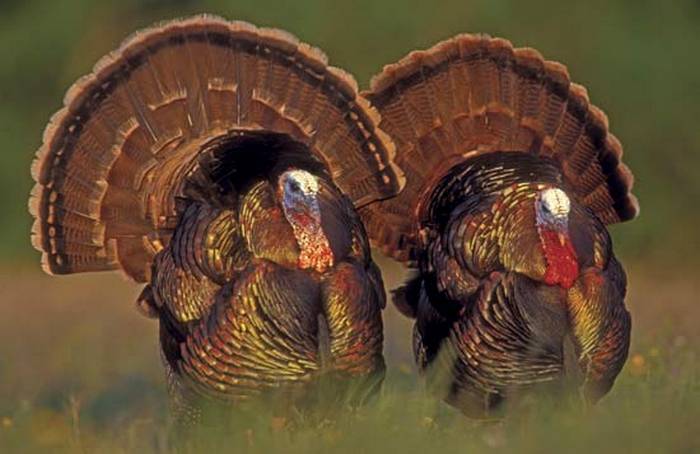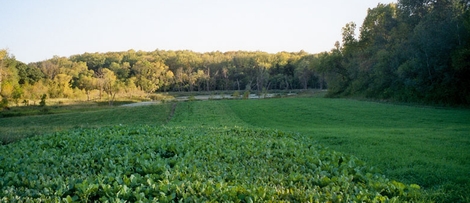Wild turkeys respond positively to habitat management practices on private lands. Turkey are like other wildlife species in that they require adequate habitat on an annual basis to really thrive. They will not thrive in areas that are lacking in some aspect of what they need. Food, cover, water and some quantity of usable space are the major components, but it’s often the smaller aspects of the habitat that may need management, improvement.
As good many properties are for turkey and other wildlife species, each can be enhanced. The key to habitat improvement for wild turkeys is developing protective habitat for adult (brood) birds but also increasing reproduction. Let’s face it, if a turkey population does not continue to reproduce then it is destined to fail.
All management techniques that improve habitat and usable space for wild turkeys on a property will promote that individual birds remain healthy and survive. A turkey’s daily activities are determined by the constant threat of predation. The less turkeys have to move in search of food and cover, the greater their potential for survival. Managing habitat and implementing other wildlife practices can decrease the range required to meet turkey needs. This article discussing three of them.

Managing Woodland Habitat for Turkey
One of the biggest problems that wild turkey face is the “loss” of habitat. Better stated, many areas are reduced in quality as grasslands and openings are lost to additional brush and tree encroachment. In forested areas, one of the best management practices for turkey populations is to establish permanent openings in woodlands.
Openings are comprised of plants that are different than those found living under dense forest canopies. These sun-loving grasses and forbs are highly nutritious for adult birds and the herbaceous plants also support a thriving insect population that is lacking on the forest floor.
The adult wild turkey diet is made up of seeds, insects and leafy greens — all of which are readily available within forest openings comprised of grasses and forbs. Poults absolutely must have high-protein insects to survive. A property made up only of solid woodlands is of lower value to a turkey than one that offers a variety of plant communities. Open up some country, but expand upon the small openings that already exist rather than removing old-growth.
Prescribed Fire for Turkey Habitat Management
Prescribed fire is probably the single most effective management practice around for improving wildlife habitat. In addition, prescribed burning of leaf litter and dense understory vegetation in woodlands is often the most cost-effective management technique for turkey on a per acrea basis.
The benefits of prescribed fire are numerous, but the most important factor to keep in mind for improving turkey habitat is that fire can maintain forest openings and nesting habitat. In most cases, prescribed burning on a 2-5 year cycle will maintain good habitat. This pertains to forest as well as openings/grasslands, but the different plant communities must be burned under different conditions.
Prescribed fire helps return nutrients that are bound up in dead wood, grass, leaves and other herbaceous materials back into the soil. This then stimulates the new, nutritious growth of other plants. Most woody species are fire tolerant and will root sprout if top-killed. Larger trees will not be harmed at all unless ladder fuels found under them allow fire to climb into the canopies. There are many factors when it comes to using prescribed fire. Learn more about it before you try it.

Habitat Improvement Through Food Plots
Food plots are another management technique for improving overall turkey habitat. Although in many cases the manipulation of the available habitat will markedly improve an area for wild turkey, sometimes the supplementation of native foods through established food plots for wild turkey can be of great benefit.
As mentioned prior, the less turkeys have to travel then the less likely they are to encounter unfamiliar areas, predators. Food is not often thought to be a limiting factor for turkey in the habitats that they live, but spring and fall food plots will no doubt decrease their home range when used effectively.
The turkey diet is quite varied so numerous things can be planted to help them out. The more common and successful plantings include seeds from clovers, beans, peas, oats, wheat, corn and rye. Cereal grains are an excellent choice for fall plantings that persist into winter, the time of year when food is most limiting.
More on Turkey Habitat Management